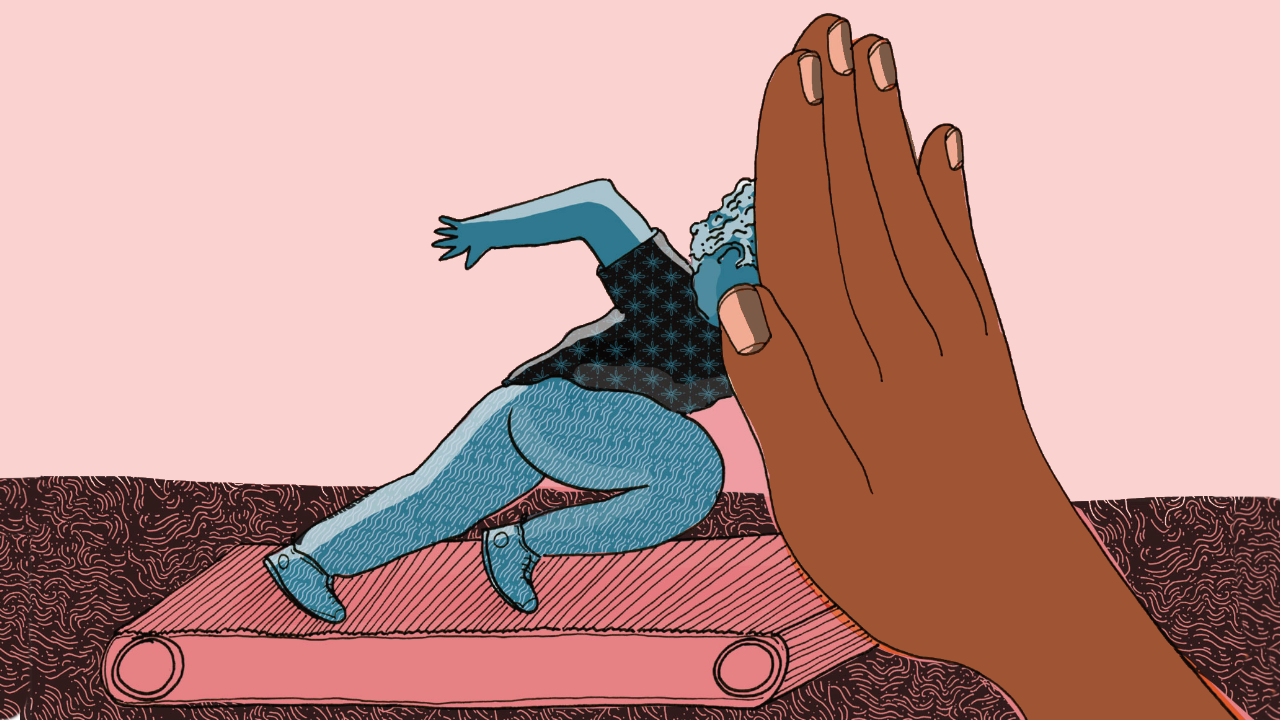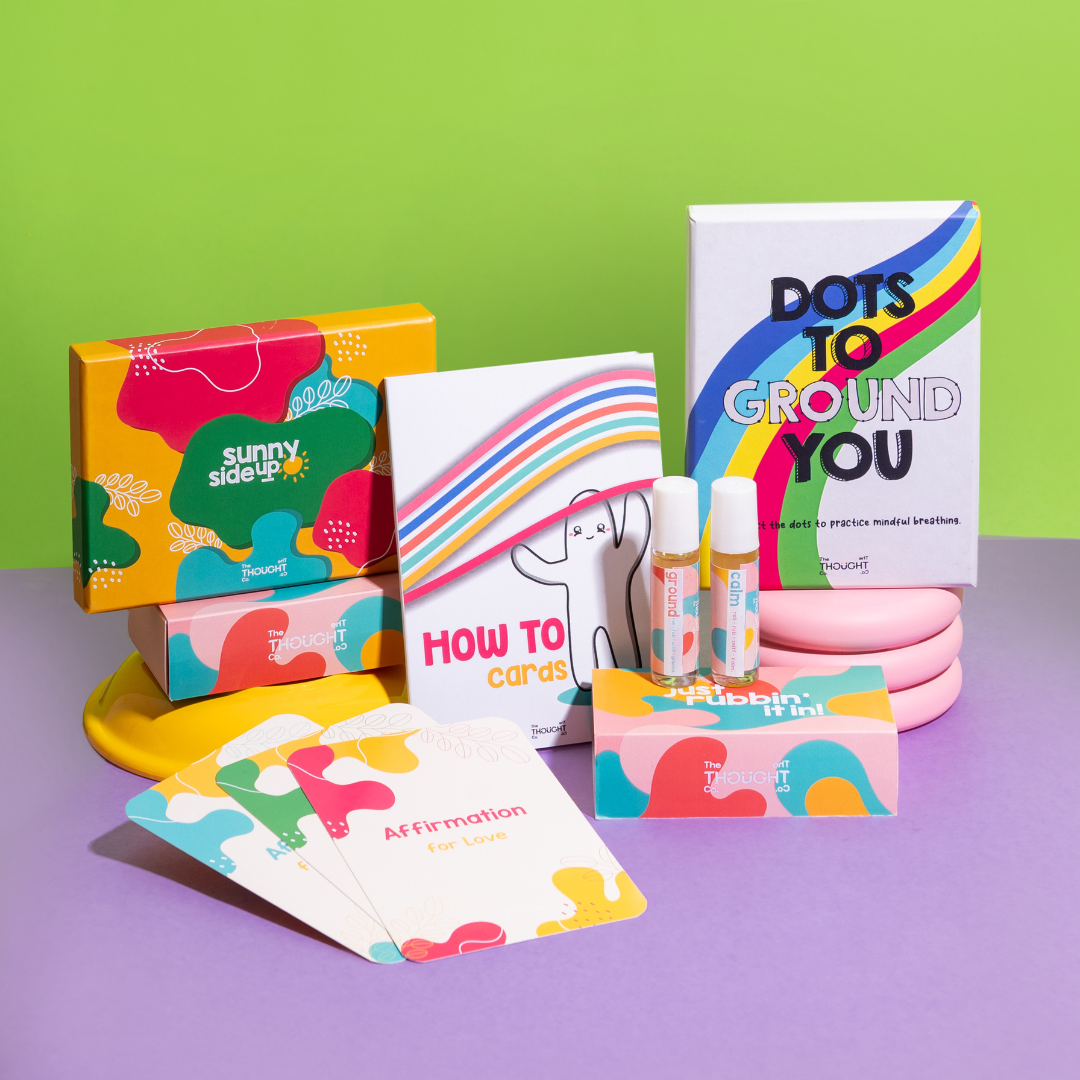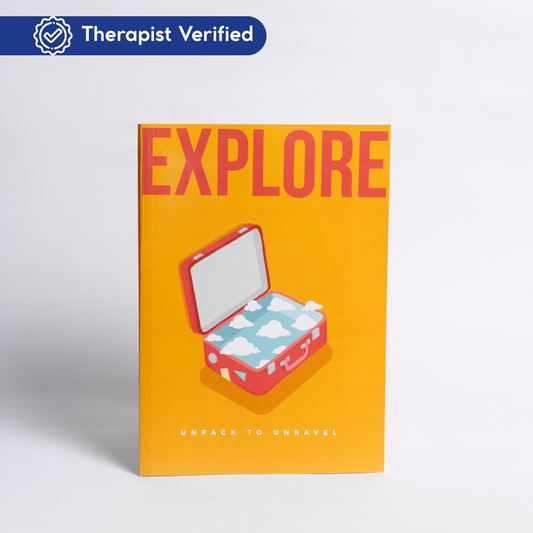“... and so I laid down a firm boundary, and told them I will not do any of this work moving forward”, a clearly miffed Rushabh proclaimed in our session.The pandemic had been tough for him, and even though he finally got the job he wanted, Rushabh was struggling to cope with the work and perceived expectations. This was a role he had spent the last 5 years working towards and now that it was finally his reality, he experienced confusing emotions laced with gratitude, resentment and fear.
Rushabh, like most new employees, received feedback from his team lead and members. Although constructive, this feedback really rattled his sense of self; (he wondered how could his performance be so far away from the ideal - after all, emphasising, he did spend the last 5 years working towards getting this job). He was often told how his performance could be enhanced. His performance and acceptance by his team did not match his desire. Rushabh interpreted their feedback and level of warmth as unsatisfactory and thus viewed it as a negative rejecting cue. This caused him to withdraw from his team, set aggressive boundaries and create a high wall to ensure he does not feel any hurt from them.
Yes, boundaries are important but let's contextualise assertive and aggressive boundaries. It is important to look at our history, reaction style and our need to set these boundaries when we set them. Rushabh’s behaviour (when looked at in context) reflected one of a person who is high on and has an lack in understanding rejection sensitivity. Arazia and her team defines it as “ a tendency for individuals to anxiously expect, readily perceive, and overreact to interpersonal rejection”. In this situation, Rushabh undoubtedly worked hard to get where he wanted to be but even then there was a learning curve, it was one that was filled with feedback and suggestions for improvement.
Instead of actively trying to understand the perspective of his team members and view the feedback as a way to get better, he chose to shut down and withdraw from his team. This is characteristic of people with a high trait of rejection sensitivity and is backed by research that suggests people who are sensitive to rejection experience physiological changes, including the fight or flight response.
To better aid in understanding rejection sensitivity and the contributing factors to rejection sensitivity, we can look at a brief history of Rushabh. He works hard, is an over achiever and often works for validation, but feels extremely broken when his hard work is not met with the extent of praise and acclaim he would like (there were multiple examples in his case history where he felt his achievements were met with a rejection experience). Very often, people with a high rejection sensitivity trait have experienced a form of rejection and/or loss early in childhood. Rushabh’s mother passed away when he was 8 years old (there is no crueler form of loss than that of death).
Following this, Rushabh often sought unconditional acceptance and validation. A high score on an exam became equated with a desire to always be rewarded with a treat or special attention. If not met, Rushabh perceived this as a rejecting experience and would withdraw from the relationship. He currently struggles with his familial relationship and is often guarded around his friends and family. He chooses not to tell his friends about his achievements and chooses to downplay them around his friends and family out of fear that they will not “appropriately” respond to them. While the exact cause of rejection sensitivity is unknown, research based in Bowlby’s Attachment Theory heavily supports the attachment style of the primary caregiver as a key contributing factor to this.
A person with high rejection sensitivity often struggles to maintain healthy, satisfying and supportive relationships.
In therapy, Rushabh and I are currently working on managing this trait better. A few strategies we have incorporated include:
-
Daily reflections to increase his sense of awareness. Invariably the interpretation of a cue as negative and rejecting often causes a person to withdraw from a relationship or respond with anger. In his daily reflections, he now incorporates a cognitive strategy of giving the person the benefit of doubt by looking at an alternative perspective for their response or suggestion.
-
Creating space for open dialogue. This is a designated time and space to discuss the irritants in the relationship. While ensuring the person is heard, and is open to receiving another's perspective.






